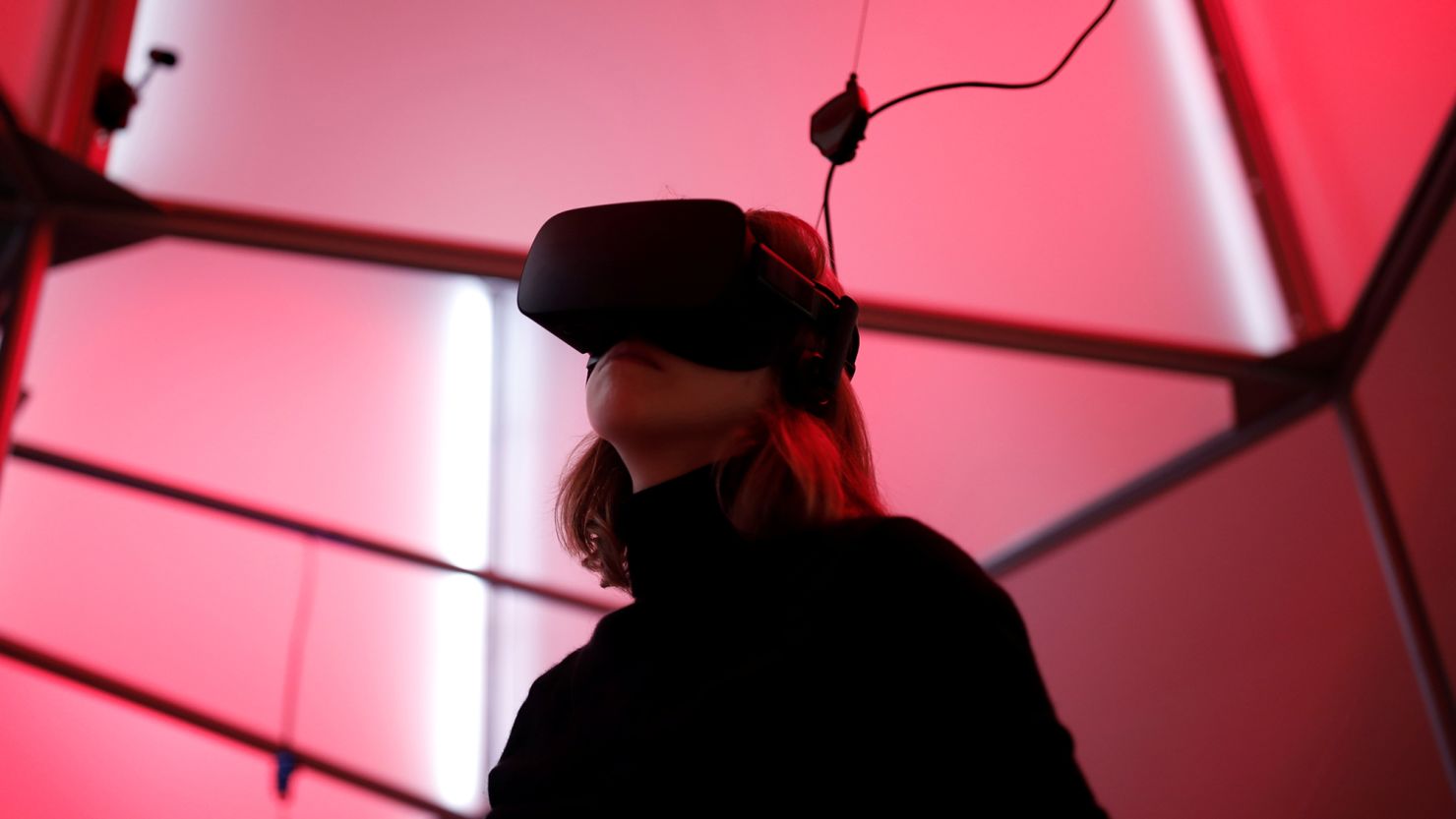The long-awaited revolution in entertainment through virtual reality (VR) technology may finally be on the horizon. With the launch of the Oculus Rift over a decade ago, expectations soared, yet the industry has struggled to fulfill its promise of mainstream adoption. Recent developments indicate that major tech and entertainment companies are now positioning themselves to capitalize on this emerging medium.
Meta, the parent company of Facebook, is reportedly engaged in discussions with several entertainment giants, including Disney and A24, to create immersive content for its Quest VR headsets. This move aims to entice consumers to invest in VR experiences. In addition, Apple has introduced an update to its Vision Pro headset, allowing users to share content with others, which could enhance the appeal of watching films together in a three-dimensional environment. The company also launched an immersive concert featuring the band Metallica earlier this year and plans to release a significant upgrade to the Vision Pro’s performance soon.
Despite promising advancements, the VR industry has faced challenges. Over the past ten years, manufacturers have developed lighter, more powerful headsets, yet widespread adoption remains elusive. According to Sarah Malkin, director of entertainment content for Meta’s Reality Labs, the cycle of content creation and consumer adoption is shifting. She stated, “I think the ‘it moment’ is when you are regularly engaging in experiences in mixed reality that are super complementary and part of your integrated life.”
Sales figures support this optimism. Global shipments of augmented reality (AR) and VR headsets increased by approximately 10% in 2024, reaching 7.5 million units worldwide, with a nearly 30.8% increase in the United States, as reported by IDC. However, while the market is expected to face a decline in 2025 due to postponed product launches, IDC forecasts a substantial rebound in 2026, predicting a 98.5% surge in global shipments to 11.3 million units.
Despite these positive indicators, the financial performance of VR ventures has not entirely met expectations. Mark Zuckerberg‘s Metaverse initiative has cost the company an estimated $46 billion over three years, and Reality Labs reported an operating loss of $4.2 billion with only $412 million in sales in the first quarter of 2025. Nevertheless, tech companies continue to explore VR’s potential. Meta recently invested $3.5 billion in eyewear manufacturer EssilorLuxottica SA to support its AI spectacle ambitions.
The entertainment industry has also begun to experiment with VR, but widespread adoption of immersive storytelling remains limited. Jenna Seiden, an industry consultant, emphasized that studios need to develop content specifically for VR rather than adapting existing flat formats. “You need to build natively so the audience is going to have a different experience per platform,” Seiden explained.
The sports sector presents a promising opportunity for VR adoption, as live events can be easily adapted for immersive viewing. Paul Raphaël, co-founder of Felix & Paul, noted that using 180-degree cameras for live sports broadcasts could attract a growing audience. “As the audience grows, it’s a really straightforward path to create the content or to broadcast the content,” he stated.
As the entertainment landscape continues to evolve, the potential for a new distribution platform could provide much-needed revenue streams for content creators. Jack Davis, co-founder of CryptTV, posits that immersive headsets might serve as a crucial outlet for premium content, particularly as traditional media faces disruption.
Budget constraints and competition from other technological innovations have hindered VR investment in recent years. Data from Crunchbase shows that funding for XR technologies peaked at $4.087 billion in 2021 but fell to $347.69 million by 2025. In the venture capital arena, global VR deals dwindled from $6.43 billion in 2019 to only $3.61 billion in 2025, while AI funding surged from $39.96 billion to $105.36 billion in the same period.
Despite these challenges, experts believe the tide may be turning. Nepveu suggests that as understanding of AI improves, investment in XR technology is likely to increase. The key hurdle remains convincing consumers that purchasing and using VR headsets is worthwhile. Apple’s emphasis on positioning the Vision Pro as a spatial computing tool, rather than solely a device for entertainment, reflects this challenge.
Looking ahead, opinions on when VR will achieve its breakthrough moment vary widely. Some believe it could happen within a year, while others predict it may take five to ten years. Nonetheless, the anticipation surrounding VR technology continues to grow. Raphaël expressed confidence that traditional 2-D content could soon feel outdated, stating, “Content, the way it is consumed today, is going to be much like we think of black and white movies.”
As the industry navigates these complexities, the dream of a transformative VR entertainment landscape may be closer to realization than ever before.
